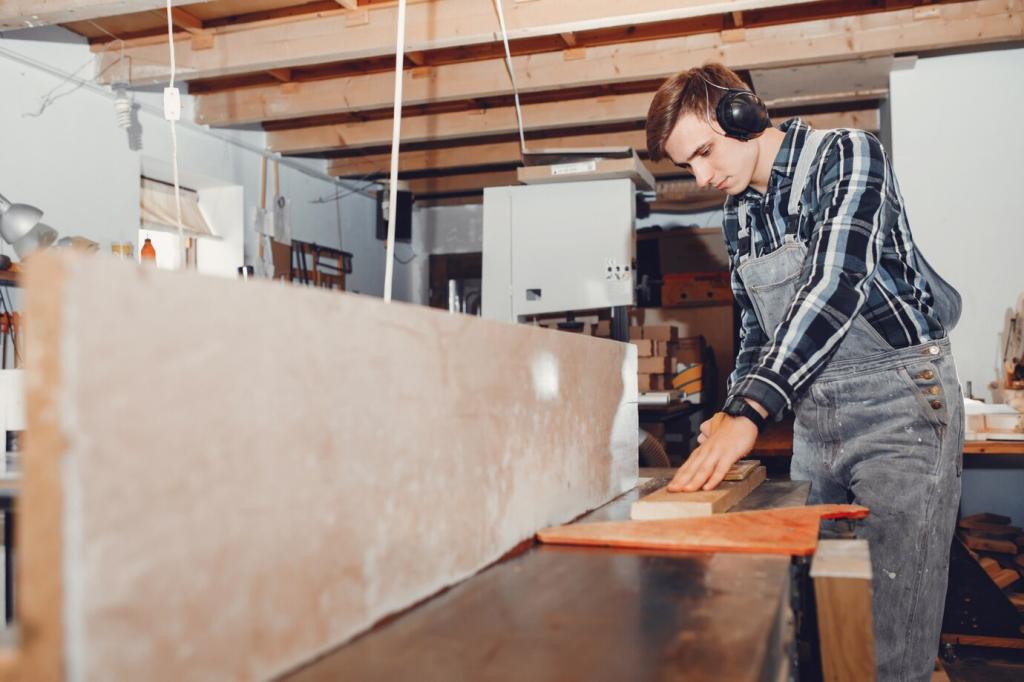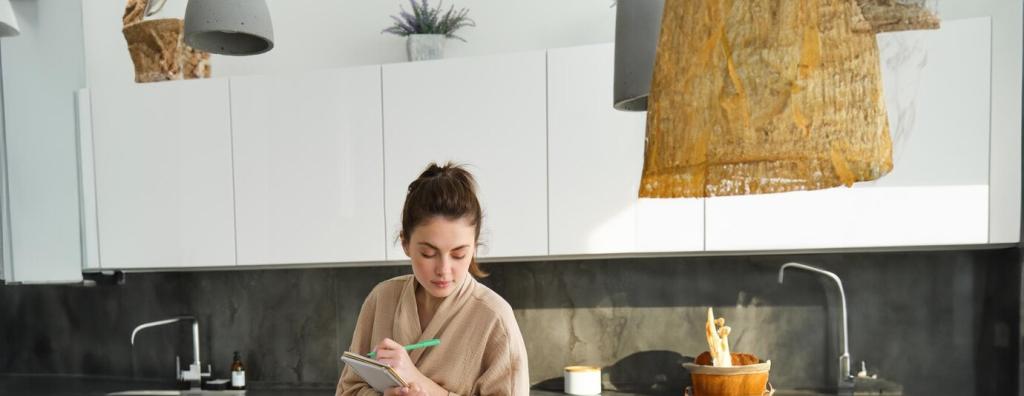
Energy-Efficient Renovation Tips for Urban Living
Urban environments present unique challenges and opportunities for energy-efficient home renovations. From high energy demands to limited space, city dwellers need creative and practical solutions to boost comfort and reduce utility costs. This guide explores key considerations and actionable insights for making your urban residence more sustainable, without sacrificing style or modern convenience.
Maximizing Insulation for Urban Comfort
Upgrading Wall and Attic Insulation
Enhancing wall and attic insulation forms the backbone of an energy-efficient renovation. Older urban buildings may feature outdated or inadequate materials that let valuable heating or cooling escape. By replacing or supplementing existing insulation with high-performance options like spray foam or mineral wool, homeowners can create a more consistent indoor climate. This update reduces strain on HVAC systems, cuts energy consumption, and offers a noticeable improvement in comfort, especially in climates with significant temperature swings.
Sealing Windows and Doors
Windows and doors can be significant sources of energy leakage in city apartments and townhomes. Thoroughly sealing gaps with modern weatherstripping or caulking addresses unwanted drafts and helps prevent outside noise from infiltrating living spaces. For an extra boost in efficiency, upgrading to double- or triple-glazed windows further limits heat transfer. This thoughtful approach not only slashes utility bills but also enhances privacy and coziness, essential qualities for peaceful urban living.
Insulating Floors Over Unheated Areas
Floors above garages, basements, or crawl spaces are notorious for letting cold air seep into urban homes. Renovating with added insulation below floorboards creates a critical barrier against unwanted temperature changes. This improvement is particularly valuable in multi-story buildings, where fluctuating floor temperatures can undermine overall energy efficiency. Comprehensive floor insulation ensures every room remains comfortable, further contributing to lower heating and cooling expenses in the long run.

Installing Programmable Thermostats
Programmable or smart thermostats empower urban residents to fine-tune heating and cooling schedules according to their daily routines. By automatically adjusting temperatures when the home is unoccupied or during sleeping hours, these devices significantly cut energy use without sacrificing comfort. Integration with smartphones offers further convenience, allowing adjustments on the go. The end result is a noticeable reduction in utility costs alongside improved indoor comfort—a must-have for the modern urban home.

Upgrading to High-Efficiency HVAC Systems
Older heating and cooling systems are often inefficient and costly to operate, especially in city dwellings where space is at a premium. Upgrading to high-efficiency heat pumps or compact, ductless mini-split systems delivers powerful climate control and uses much less energy. These solutions are ideal for apartments, condos, and older buildings that lack traditional ductwork. The investment not only lowers monthly bills but also contributes to a more environmentally conscious lifestyle.

Enhancing Ventilation with Energy Recovery Systems
Good ventilation is crucial in urban areas, where outdoor air quality can sometimes be poor. Energy recovery ventilators (ERVs) offer an efficient solution by exchanging stale indoor air with filtered fresh air while minimizing energy loss. ERVs recover the thermal energy from outgoing air to precondition incoming air, reducing the load on heating and cooling systems. This leads to healthier indoor environments, better air quality, and increased overall energy savings in tightly sealed city homes.
Efficient Lighting and Appliance Choices
Switching from traditional incandescent or fluorescent bulbs to LED technology is one of the simplest and most cost-effective upgrades. LEDs use a fraction of the energy, last far longer, and emit less heat, making them ideal for apartments and compact spaces where cooling demands can add up. The diverse range of LED products ensures every room is well-lit with minimal environmental impact and ongoing savings on electricity bills.

